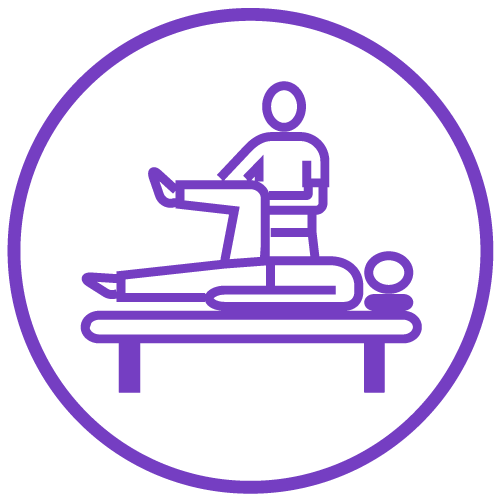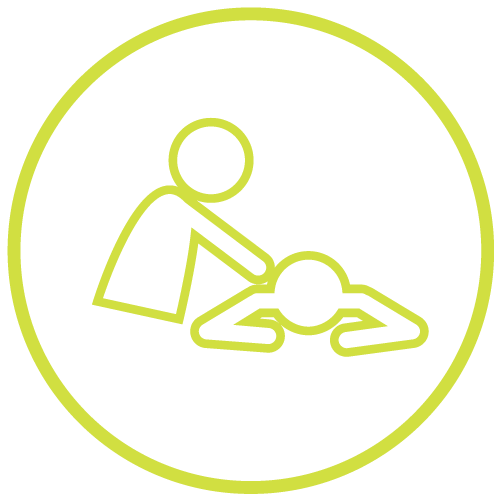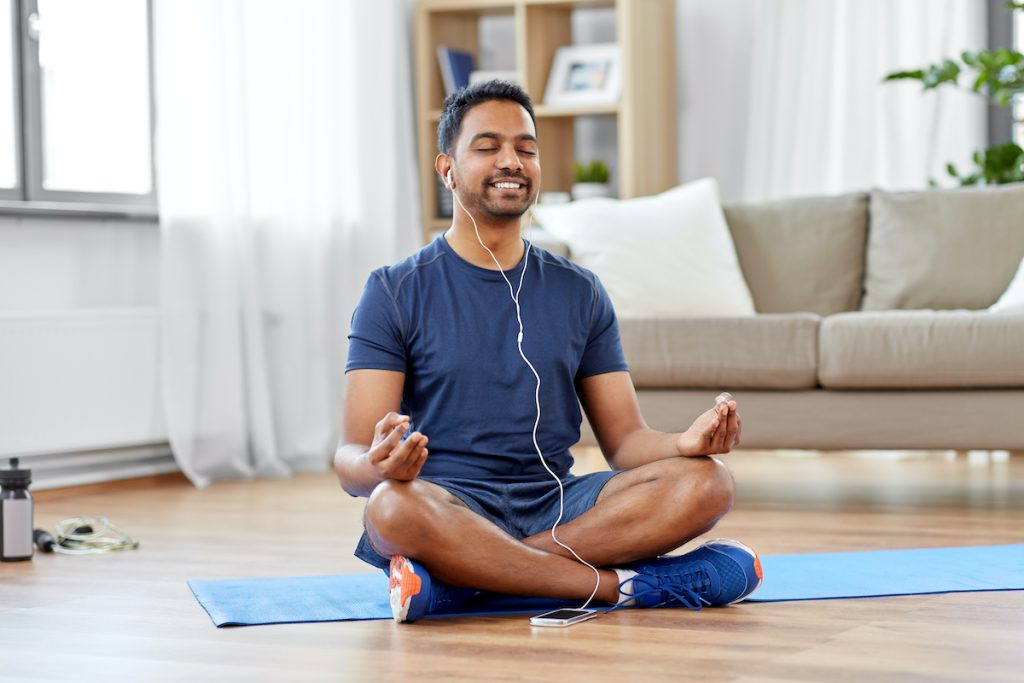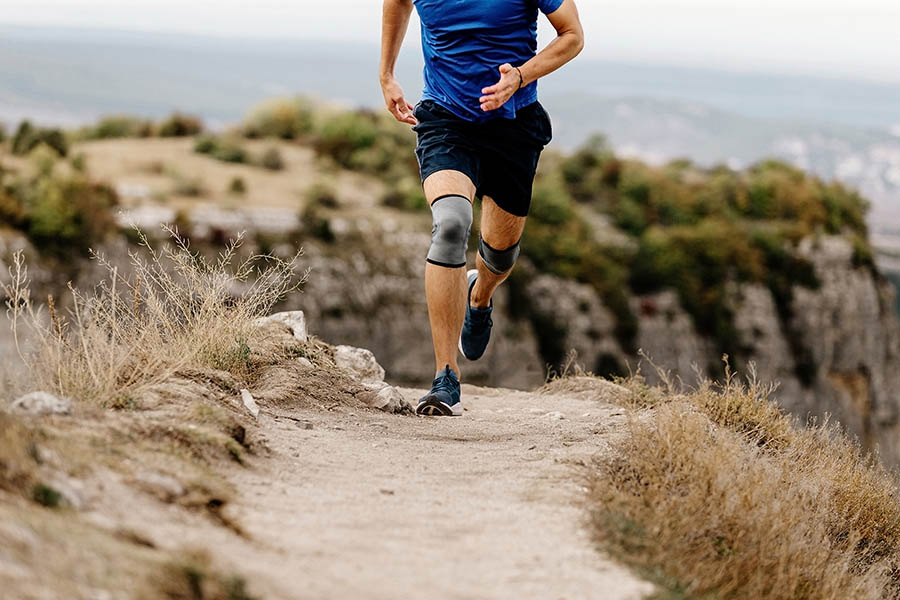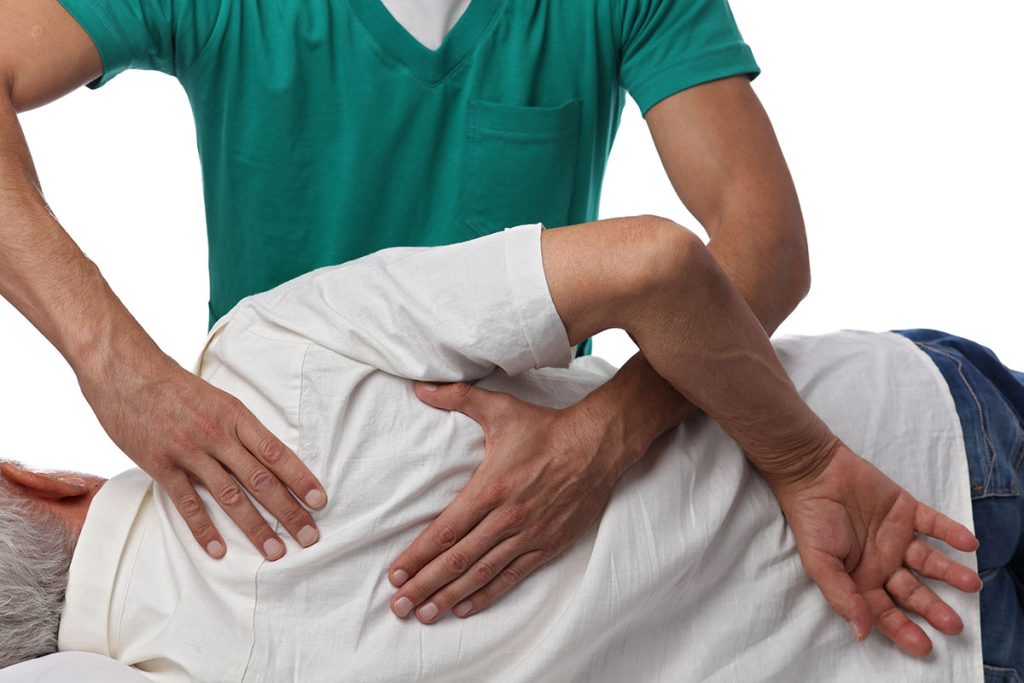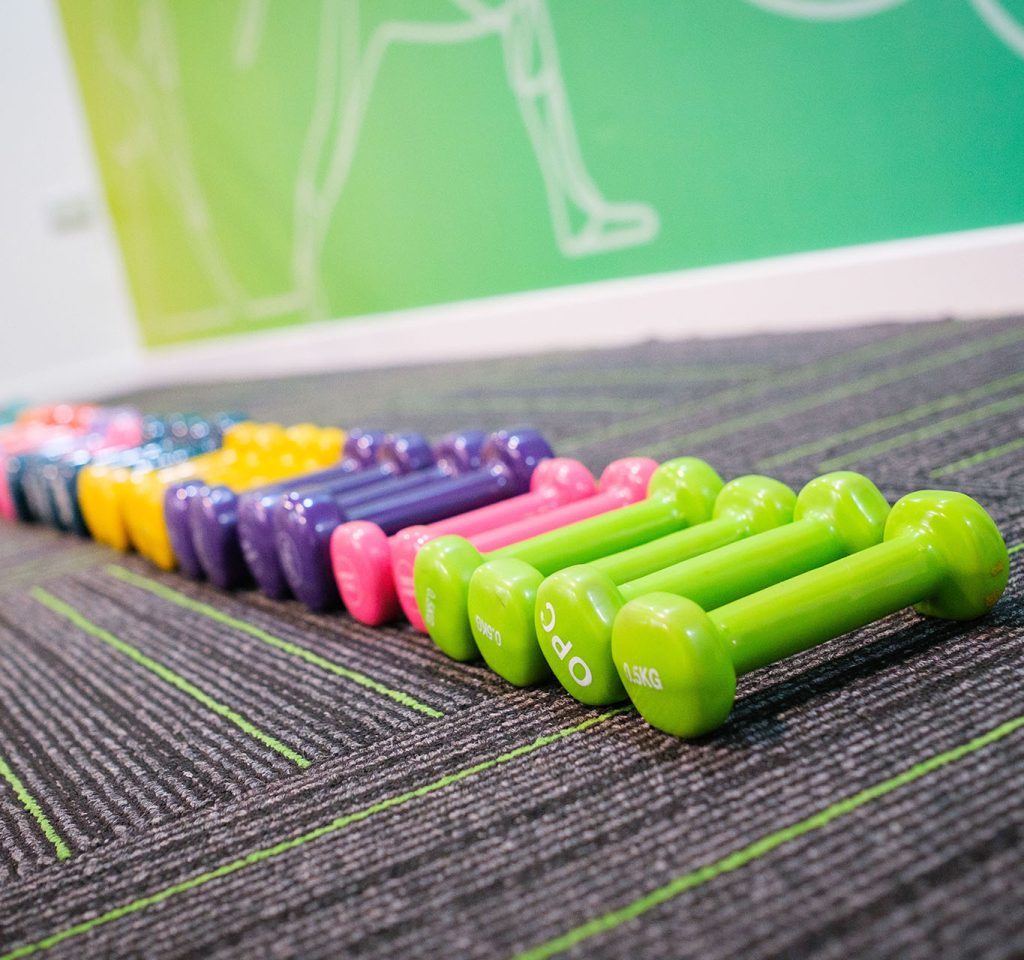Ouch! Another sprained ankle, or pulled muscle. Does it feel like you always injure yourself in winter? You’re not alone. Winter injuries are super common, no matter if you’re an athlete, physical labourer or even just someone who moves around to stay healthy.
But what makes us more prone to injury during colder months, and more importantly, how do we avoid that? The cold affects our bodies in several ways and all those points can compound to make injury more frequent.
Keep your body safe this cold season and learn how to avoid winter injuries by following these tips curated by our team of professional physiotherapists at BodyViva Brisbane.
Why Do I Get Hurt More In Winter?
During the cold, it takes more energy to keep your muscles warm and operating at their highest capacity. Your body will focus on maintaining its core temperature, but less heat will be leant to the extremities (arms, legs, fingers, toes).
Cold muscles and tendons lose some of their elasticity, which is why you’re more prone to things like sprains, tears or bruising. When your muscles are cold, they contact and lose some range of motion which is why you feel stiff and slow.
During winter, your blood flow is also limited because the blood vessels constrict to keep most of your circulation around the body’s core. If you’re feeling extra sore after that winter workout, here’s why. With less blood flow to your arms and legs, muscles essentially need to work harder, which causes more energy loss and increased damage to the muscle tissue.
So in short, it takes less energy to tear muscles in winter and your range of motion is limited, which is why a lot of people are surprised when they injure themselves doing activities that to them seem normal.
Why Injuries Heal Slower In Winter
To rub salt in the wound, while you’re more likely to hurt yourself in winter, you’ll also heal slower because of that limited circulation. Blood flow is essential in wound repair because it supplies oxygen to the site of injury. Poor circulation prevents oxygenation of an injury and inhibits tissue regeneration.
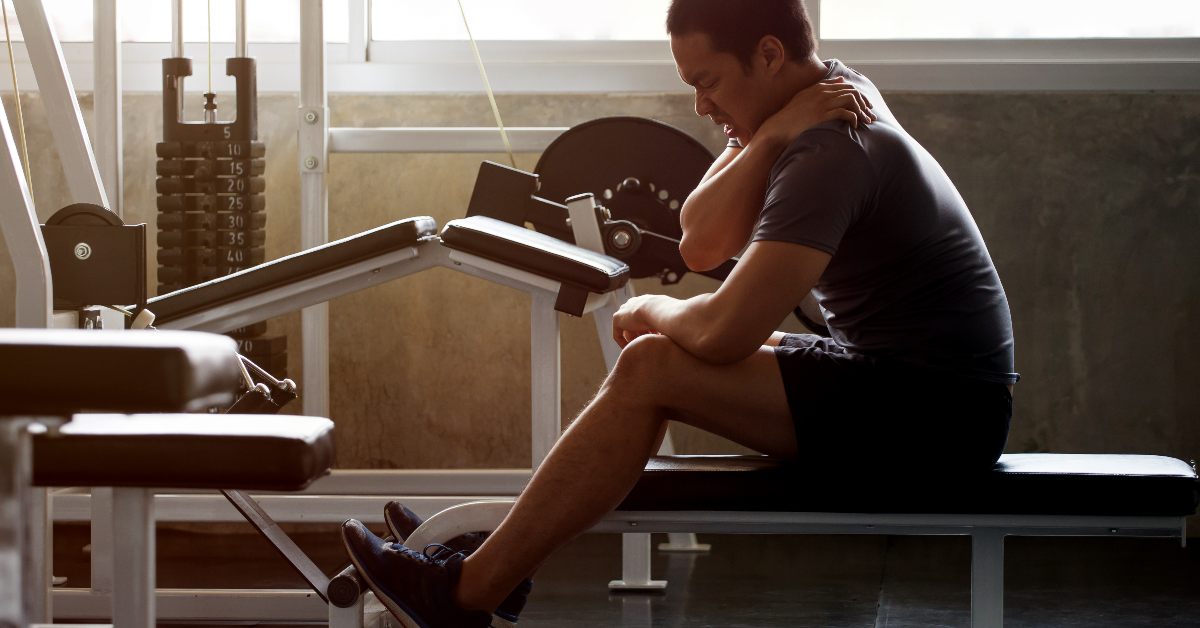
Other Risks During Winter
Dehydration
Dehydration is a major risk people tend to ignore during winter. Your thirst can diminish by 40% in cold weather, but that doesn’t mean you need less water. Your body actually uses a lot of fluids to keep warm in winter, and while you may not be sweating as much, your body is constantly losing water in other ways. Most notably, your body uses water to humidify and warm the air you breathe. That vapour you breathe out is a sign of water loss.
When you’re dehydrated, your muscles constrict and struggle to work optimally. Muscles need fluids and electrolytes to operate properly. A lack of these can cause spasms, cramps or limited energy.
Hypothermia
We’re lucky in Queensland that things rarely become freezing, especially on the east coast. Still, that doesn’t mean you can’t experience it on especially cold days here. Hypothermia develops when the body temperature drops below 35°C. That means prolonged and unprotected exposure to temps under 10°C or in water temperatures of less than 20°C. You can be at heightened risk of this because of other medical conditions or illnesses.
How To Avoid Winter Injuries
Warm-Up: This is the most basic preventative measure and the most important. When your body heats up naturally from exercise, you’re pretty much running at the same level as in summer. But, it’s important to take those extra moments to go through a good warm-up routine before your workout or even work shift.
Once you’re warmed up, make sure you stay warm, because idleness can quickly cool your muscles down again and leave you at square one. Be sure to go through some aerobic warm-ups (jogging, jumping jacks, squats, lunges, etc) to engage your body and ease into your regular range of motion. DO NOT dive into static stretches because those movements can tear or injure your muscles if they’re not prepared to do them yet.
Avoid Sharp Movements: When your muscles are brittle, they are most likely to tear from sudden and sharp movements. If your muscles aren’t warmed up, strenuous or sudden movements can cause serious injury.
This is most important for people playing sports or physical labourers. Over exerting yourself or pushing/pulling heavy loads is a common reason we see people for winter injuries. If your body feels cool again, don’t push your limits or it may come to bite you.
Dress Accordingly: You can’t always be moving around, especially if you’re a manual labourer, tradie or someone who does physical work in colder environments. Dressing appropriately is key to limiting injuries in the workplace. Ideally, you’ll want several light layers of loose and weather-resistant clothing. Layering lets you get rid of clothing items as the temperature changes throughout the day.
In Australia, it can be freezing during the morning and warm by lunch. When you layer, we advise a set of thermals, your regular clothing layer and a warming layer (jumpers, tracksuits, etc). Layering is also important for exercising, hence why tracksuits are so popular because they keep you warm while you’re warming up, and can be easily slipped off once your body starts to heat up.
Drink Water: Don’t assume you don’t need water because you’re not thirsty. Men are recommended to drink at least 3.7 litres of water per day and women are recommended 2.7. litres.


